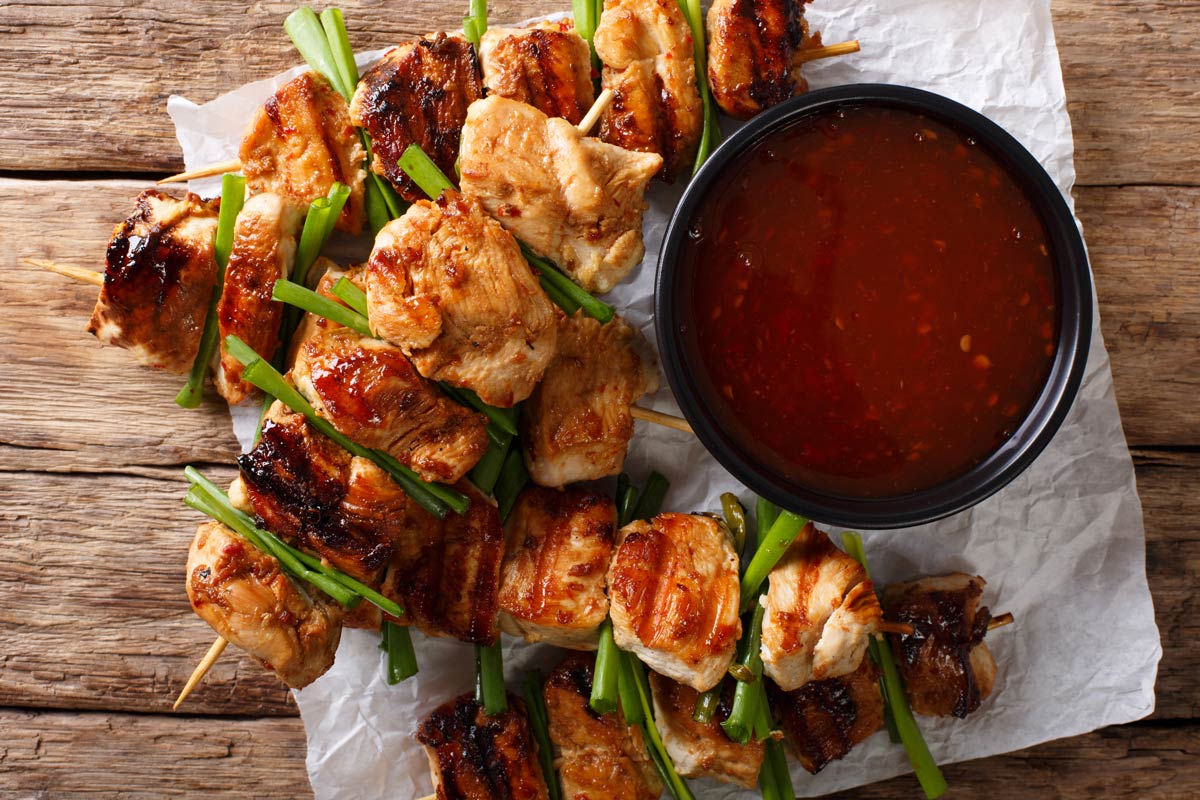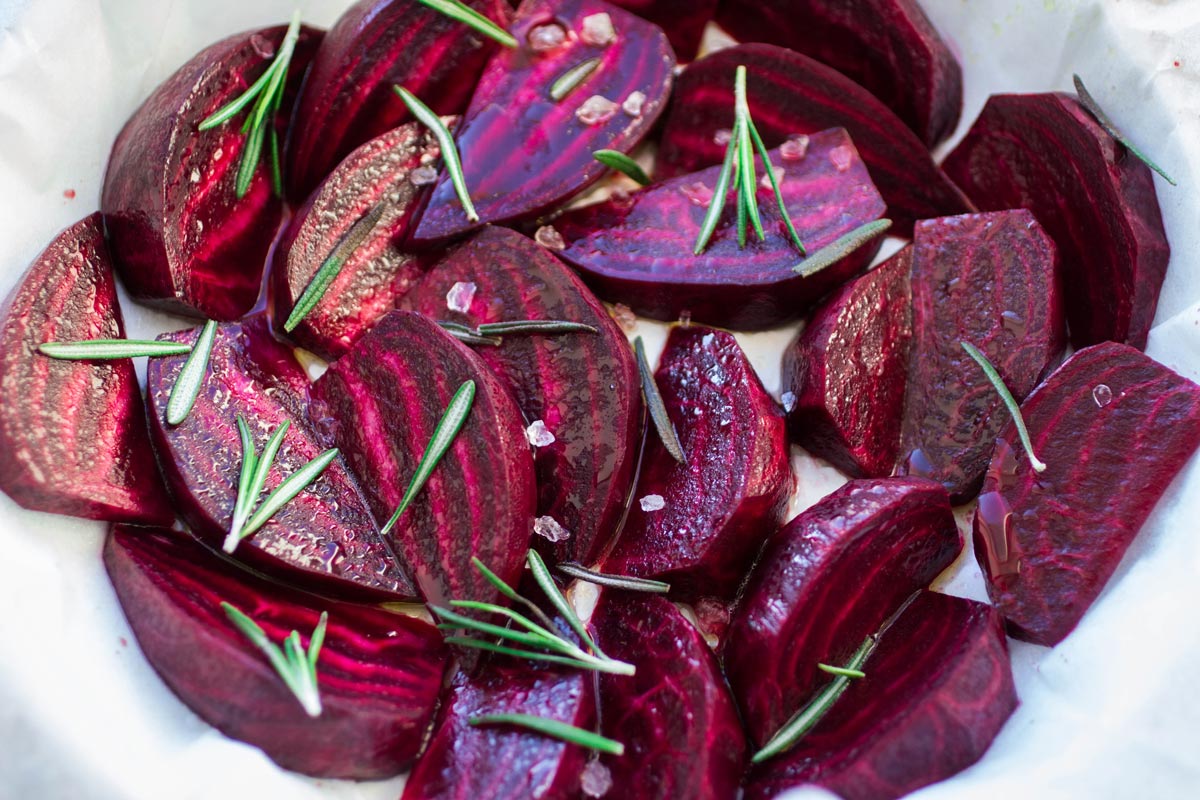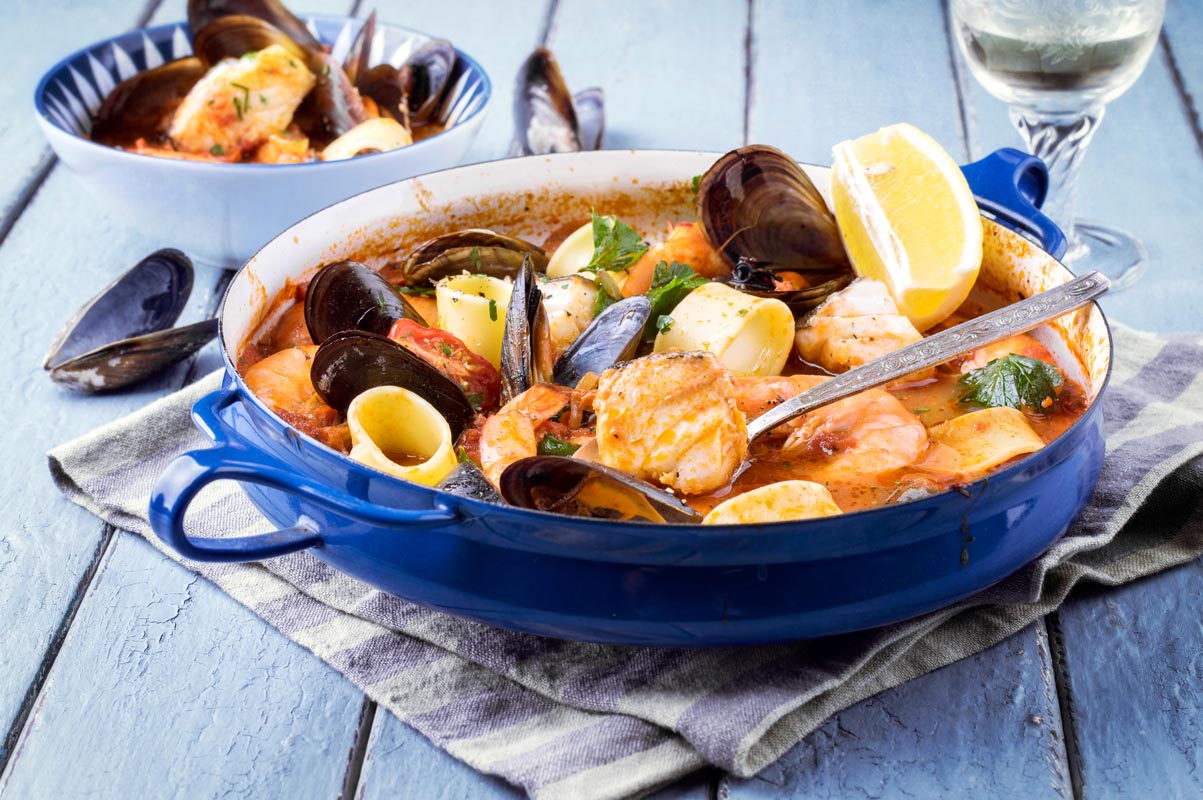Is it just us, or does food served on skewers taste better? We have made these kebabs with chicken thighs (our favorite), breasts, and tenders. You could even use boneless pork if that’s what you have on hand. Serve with crusty bread and sliced tomatoes or a green salad dressed with extra virgin olive oil, vinegar, and salt and pepper.
Ingredients
For the marinade:
- 2 teaspoons honey
- 1/4 teaspoon crushed red pepper flakes, or more to taste
- 2 tablespoons warm water
- 2 tablespoons fresh orange or lemon juice
- 1 teaspoon coarse salt (kosher or sea), or more to taste
- 2 cloves garlic, peeled and minced
- 1 teaspoon ground turmeric (optional)
- 1 scant teaspoon pimentón
- 1/2 teaspoon ground coriander
- 1/2 teaspoon ground cumin
- 1/3 cup extra virgin olive oil
For the kebabs:
- 1 1/2 pounds boneless skinless chicken thighs, breasts, or tenderloins, each cut into 1-inch pieces
- 4 ounces Spanish cured chorizo, peeled and sliced into 1/4-inch coins
Directions
Step 1
In a large, nonreactive bowl, whisk together the honey, red pepper flakes, water, juice, and salt. Stir in the garlic, turmeric if using, pimentón, coriander, and cumin. Slowly whisk in the olive oil until emulsified. Add the chicken and stir to coat. Cover and refrigerate for 2 to 24 hours.
Step 2
Assemble the kebabs: Thread 2 or 3 pieces of chicken on a small (6- to 8-inch) bamboo skewer, followed by a piece of chorizo. Repeat the pattern until you’ve used all the meat. Heat a grill pan or plancha (griddle) over medium-high heat. Oil generously with olive oil. Grill the kebabs until the chicken is cooked through, 2 to 3 minutes per side. (You can also cook the kebabs on an outdoor grill.) Serve immediately.
Serves 4




